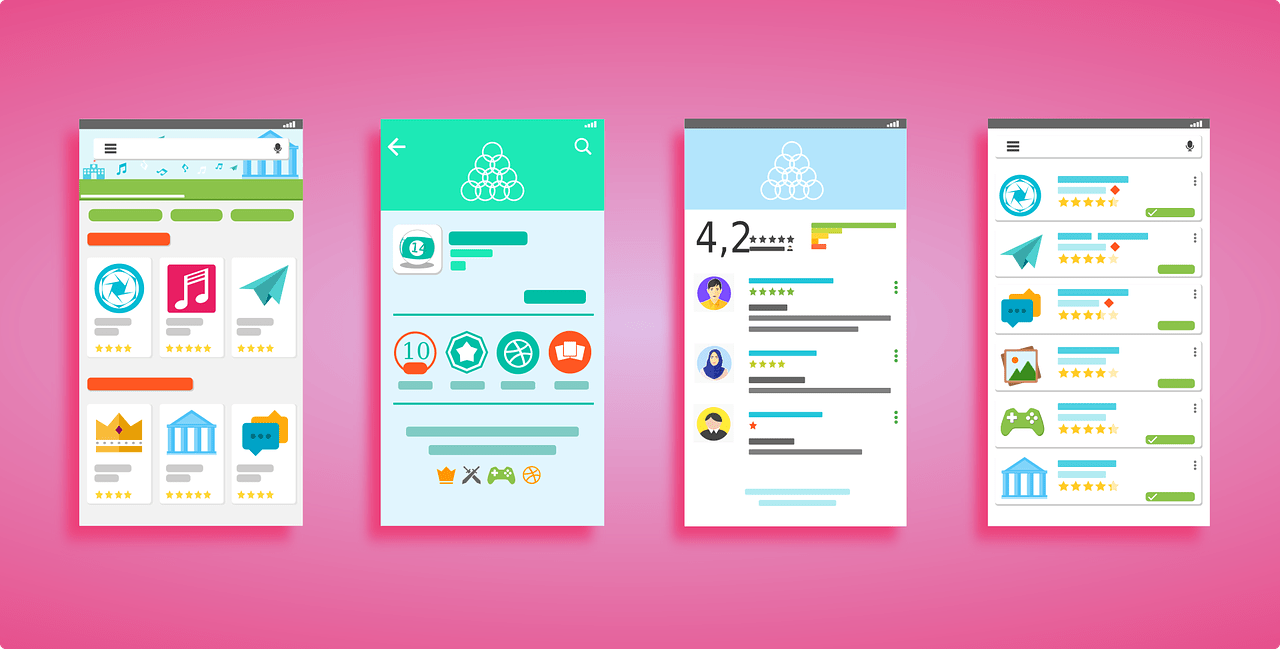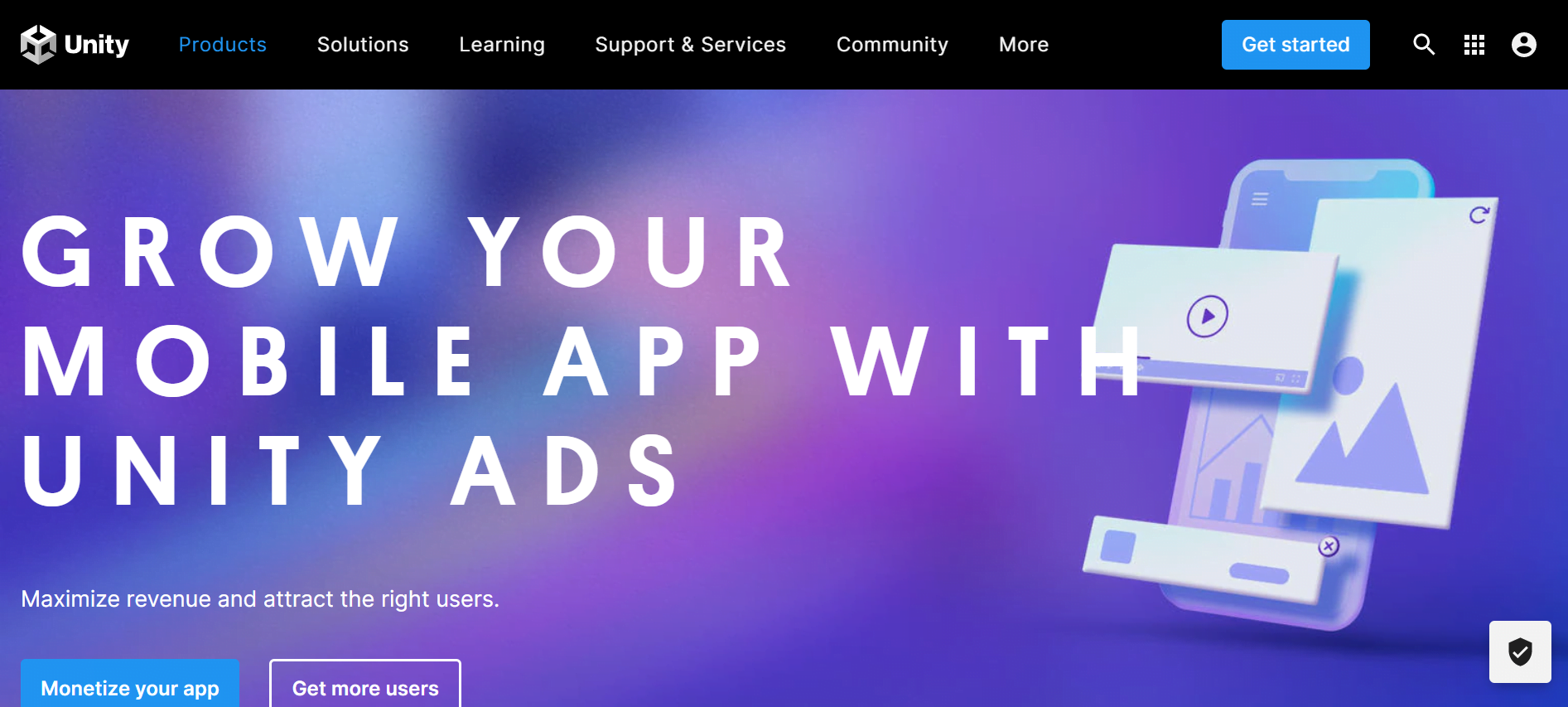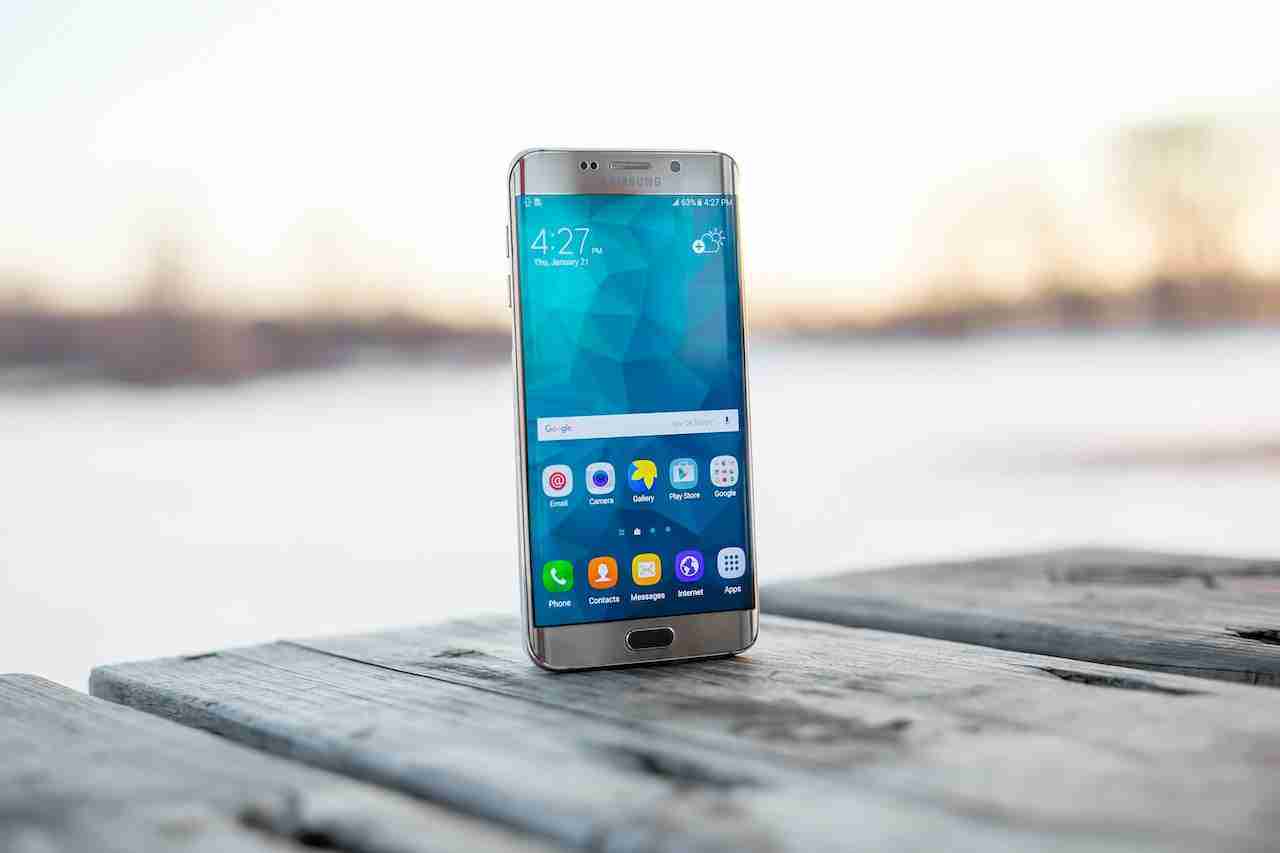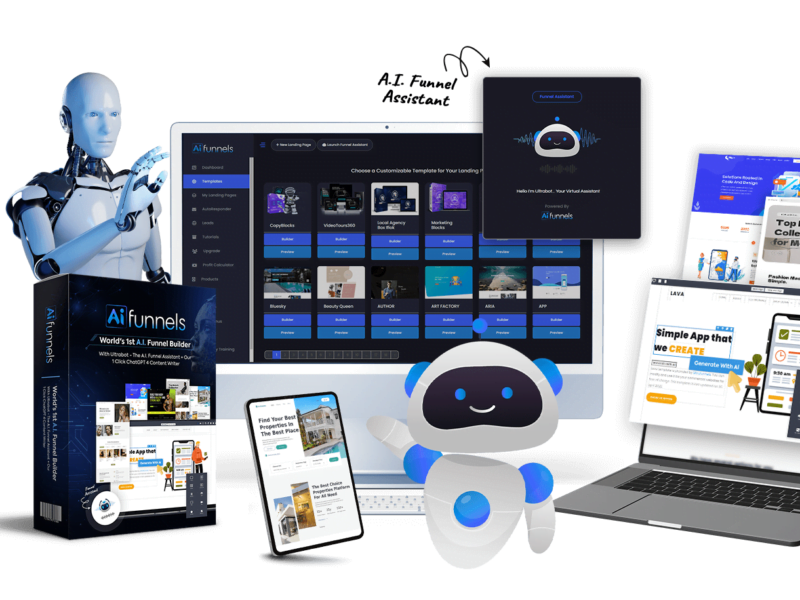The Google Play Store is Google’s app store for Android devices. It allows users to browse and download a wide variety of Android apps, including games, productivity tools, streaming media apps, and more.
Developers can also publish their Android apps on the Google Play Store, allowing them to reach billions of Android users.
To publish an app, developers need to register as a Google Play developer, pay a fee, and comply with Google’s content policies and API requirements.
The Google Play Store comes pre-installed on most Android devices, and it is the primary way users get new apps and keep their apps up to date.
It has a vast collection of apps and is a major distribution platform for Android developers.
The Google Play Store (previously Android Market) is Google’s official app store for Android devices.
Some key things to know about the Play Store:
– It comes pre-installed on most Android devices and is the primary way for users to find and download apps, games, music, movies, TV shows, books, and more.
– Developers can publish their Android apps on the Play Store, allowing them to reach billions of Android users. However, developers must register, pay a fee, and comply with Google’s content policies.
– The Play Store has a huge collection of apps, games, and media. As of 2020, there are over 3 million Android apps on the Play Store.
– Google reviews and approves all apps before publishing to the Play Store, to ensure a minimum level of quality and security and to enforce their content policies. However, some malicious apps still make their way into the store.
– The Play Store allows in-app purchases of additional features or virtual goods. Developers can use this as a business model to earn money from free apps.
– The Play Store is available in over 190 countries, but the specific apps and content available can vary in different regions due to licensing and other restrictions.
Sometimes, you may think as a developer or publisher of the Google play store, how much money you can earn.
Well, if this is the question that answers you’re looking for then you’re at the right place. Make sure to read the article carefully in order to get an answer to this question.
Read more:-
Android developers can earn money from free apps on the Google Play Store in a few ways:
– In-app purchases: Developers can offer virtual goods, premium features, subscription services, and more, that users can buy directly within the app. This is a very common monetization model for free-to-play apps.
– Advertising: Developers can include ad banners, interstitials, or video ads in their apps and earn money through ad revenue sharing with an ad network.
– Sponsorship or product placement: Developers can earn money by featuring certain products, brands, or companies in their apps.
How much a developer can earn varies a lot depending on the popularity and engagement of their app, the types of in-app purchases or ads included, and other factors.
Some apps are very lucrative, earning tens or even hundreds of thousands per month. However, the vast majority of apps on the Play Store earn little to no money. It is difficult to predict how much an individual app may earn.
The key for developers is to create a great user experience and promote their app well to maximize downloads and engagement.
In case, if you want to learn in detail then make sure to read the article and here, you’ll get the detailed answer to this question.
1. In-app purchases:
In-app purchases (IAP) refer to features, virtual goods, or other items that users can buy within a mobile app.
Some key things to know about in-app purchases:
– They are a popular monetization model for free-to-play apps. The app can be downloaded for free, but users are prompted to make purchases at various points.
– Common types of in-app purchases include virtual currency, access to premium features, virtual goods like clothing for avatars, and subscription services.
– In-app purchases are convenient for users but can be easy to impulse buy or overspend on. This model has been criticized for being exploitative, especially for games targeting children.

– Apple and Google take a percentage of in-app purchase revenue, typically 30%. So developers only get 70% of their money from IAPs.
– It’s important to design in-app purchases carefully to avoid being too pushy or making the app unbalanced or unplayable without purchasing. The best apps keep in-app purchases optional and non-intrusive.
– In-app purchases require server-side verification to ensure purchased items are delivered, and this adds additional complexity for developers to implement.
In general, in-app purchases can be an effective monetization model if implemented appropriately and ethically.
But they do come with risks and downsides and are not suitable for every type of app.
Read more:-
2. Advertising on android applications:
Some key things to know about advertising in Android apps:
– Advertising is a common monetization model for free apps. The app is free to download and use but displays ads to earn revenue.
– Ads can be banner ads, interstitial ads (full-screen ads), video ads, and more. Video and interstitial ads typically earn the most revenue but can be the most intrusive to users.
– Developers integrate with an ad network, which provides the ads and pays the developer a share of the ad revenue (typically 50-70%). Popular ad networks for Android include Google AdMob, Facebook Audience Network, and Unity Ads.

– It’s important to be careful with ad placement and frequency to avoid a poor user experience. Too many or distracting ads can lead to lower engagement, ratings, and revenue.
– Ad revenue can vary a lot depending on the types of ads, ad network, and overall usage of the app. The revenue potential is lower than in-app purchases but does not require as much development effort to implement.
– Some apps offer an ad-free paid version or subscription to remove ads, which can be another monetization strategy. This lets users choose to pay to avoid ads if they want to.
In summary, advertising can be an easy way for developers to monetize free Android apps, but it needs to be implemented responsibly to be effective and not detract from the user experience.
Choosing the right ad networks and placements is important to maximize revenue potential.
3. Sponsorship or product placement:
Sponsorship or product placement refers to including brands, products, or companies in your Android app in exchange for compensation. Some key things to know:
– This model can be an alternative monetization strategy for apps, especially if in-app purchases or ads do not make sense.
– Common examples include featuring certain products in a shopping app, prominently displaying a sponsor’s logo, or having branded virtual goods in a game.
– Developers can pitch sponsorships to companies that would benefit from exposure to their app’s audience. If a sponsorship deal is made, the company will pay the developer to include their brand or products.
– Sponsorships require a large, targeted user base to be attractive to companies. The revenue potential depends on the app’s popularity and how much exposure the sponsor gets.
– It’s important to be authentic and not make the product placement seem forced or disrupt the user experience. The placement should feel like a natural fit and benefit users in some way too.
– Relying solely on sponsorships can be risky since the revenue is dependent on companies being interested in sponsoring the app and reaching a deal with the developer.
So, it often works best combined with other monetization models.
In summary, sponsorship and product placement can be an alternative monetization strategy for apps if done appropriately.
But it typically only makes sense for apps with a substantial, targeted user base, and should be combined with other models to be a stable source of revenue.
The revenue potential and opportunities will vary based on the specific app and audience.
Few more things to know about monetizing Android apps:
– In-app purchases and advertising require careful implementation to avoid annoying users or disrupting the user experience. The most successful apps keep monetization subtle and non-intrusive.
– Google takes a share of in-app purchases and ad revenue, typically 30%. So developers only get 70% of the money earned from those models.
– App development is time-intensive and costly, so there is no guarantee of making a profit. Many apps never earn enough to cover the initial development costs.
– The Play Store market is very competitive, so apps need to stand out to get noticed and downloaded. Novel ideas, high quality, and good marketing are important.
– The types of apps that tend to monetize the best are mobile games, tools that solve specific problems, and apps with recurring subscription services. Entertainment and media apps can be more difficult to earn money from.
– Expanding to iOS and other platforms, translating apps into other languages, and collaborating with other companies are some strategies to boost the popularity and reach of an app to generate more revenue.
Overall, while it is possible to earn money from an Android app, it is challenging and unpredictable.
Developers should focus first on creating something useful or fun, and then incorporate monetization carefully and ethically.
There are no guarantees of financial success, but with hard work and some luck, some apps can become quite lucrative.
Read more:-
Bottom lines:
These are the required methods from where you can earn money with a free android application. If you have more ideas or suggestions then please write them in the comments down below.
If you have any questions or anything you may have to share with us then please write in the comments down below.
If you find the article helpful then don’t forget it to share with your loved ones, friends, and families.



